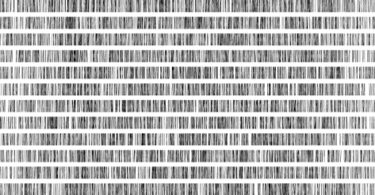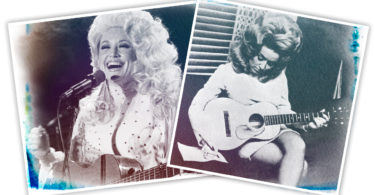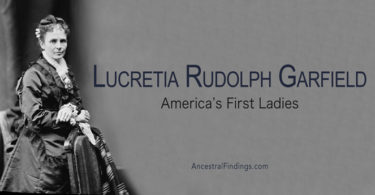When doing genealogical research, you will sometimes come across original documents from past centuries. Handwriting has changed a lot since colonial days. There are distinct differences from the 1600s, 1700s, and 1800’s before handwriting became more recognizable as our modern handwriting in the late 1800’s/early 1900s. Spelling is also an important part of reading old handwriting. You may come across words you do not recognize, or that seem familiar, but are spelled differently than you remember. This is because there are words that were used in the past that are no longer used today. Also, there was no uniform way of spelling things until Webster’s Dictionary came out in the 1800’s. Before that, people spelled phonetically, which means some words would be spelled differently multiple times in the same document.
The first rule of reading old handwriting is to learn to read phonetically. Sound out the letters, just like you did when you were a child learning to read. That will assist you in determining what word is being spelled. It may be a very common word, just spelled differently from what you would recognize, because there was no uniform way to spell back then. Remember, regional accents played a role in how words were spelled phonetically, too. The differences in spelling in different regions is a good clue to how those people actually pronounced certain words and how they sounded when they spoke.
In the 1600s and 1700s, you will see “ye” used a lot in documents. It is not necessarily pronounced as it looks. It depends on the context in which it is used. The word “ye” was used back them to mean “you.” However, it was also a letter combination that sounded like “th” when pronounced. So sometimes the presence of “ye” actually means “the” in a document, or some other word that has a “th” sound in it.
If you see a word where two lower case letter s’s should be side by side but one looks like a traditional lower case cursive “f,” that is normal. Until the early 1800s, two lower case s’s side by side always had one “s” that looked that way. It is not an “f,” but an old fashioned lower case “s, and should be pronounced that way.
Old fashioned handwriting has a lot of flourishes and embellishments on it. Sometimes, you have to look around the decorative squiggly lines to find the real letters amongst them all. Another thing to remember is that up until the mid-1800s, most writing was in the form of cursive unless it was printed on a printing machine. Writing by hand was always in cursive. Printed writing by hand is a relatively modern thing, and the farther you move up in time toward 1900, the more of it you will see, especially in the mid to late 1800s.
If you come across a word you don’t recognize at all, look it up online, as it may be an old fashioned word that is out of use in modern times. You will learn much about the old fashioned way of life and way of speech of your ancestors by learning how to read old handwriting.
Related Resource:
- Reading Old Handwriting (Guides for Family Historians) – Paperback
- Handwriting Analysis: The Complete Basic Book – Paperback





